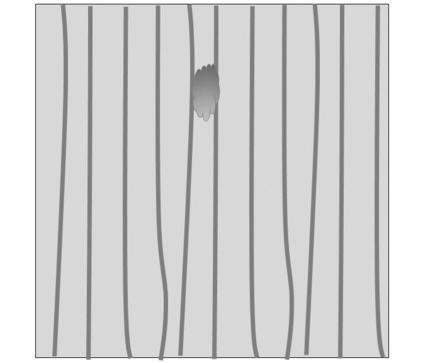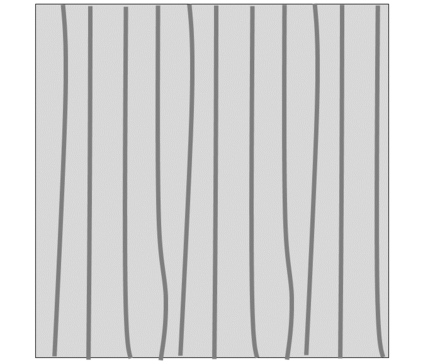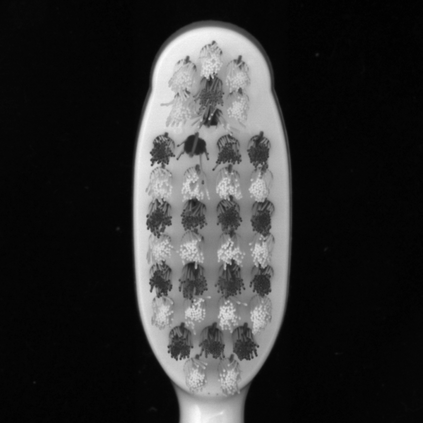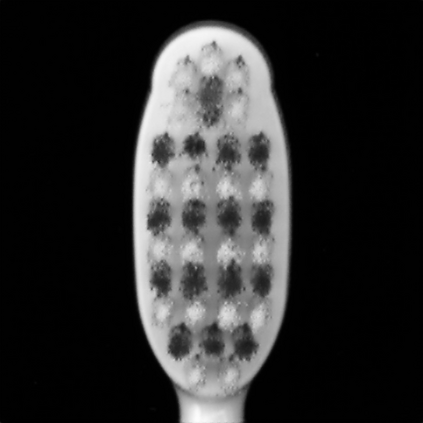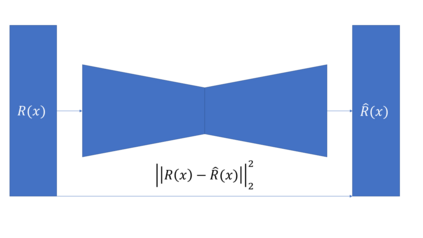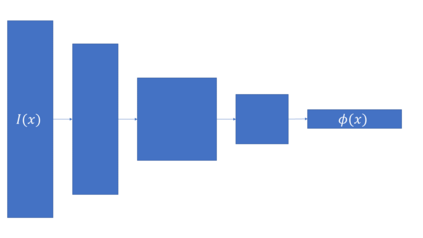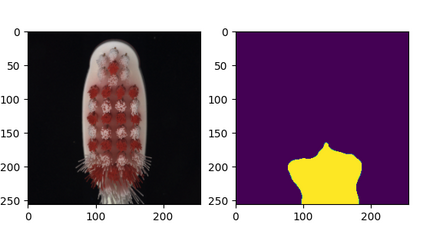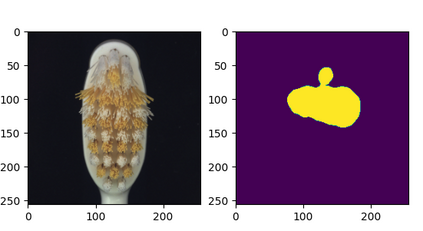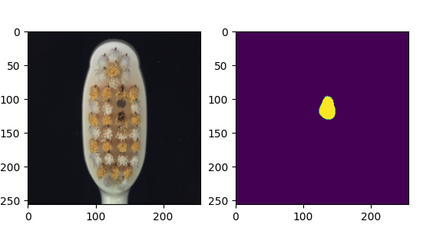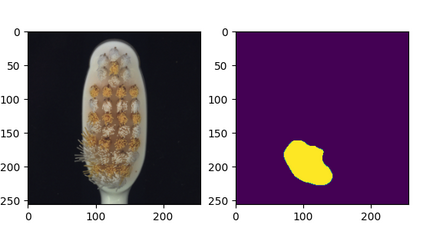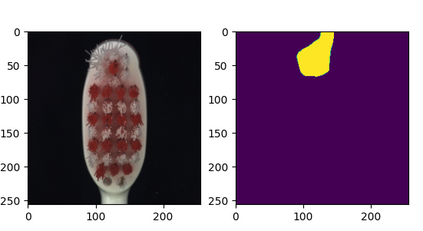This work is addressing the problem of defect anomaly detection based on a clean reference image. Specifically, we focus on SEM semiconductor defects in addition to several natural image anomalies. There are well-known methods to create a simulation of an artificial reference image by its defect specimen. In this work, we introduce several applications for this capability, that the simulated reference is beneficial for improving their results. Among these defect detection methods are classic computer vision applied on difference-image, supervised deep-learning (DL) based on human labels, and unsupervised DL which is trained on feature-level patterns of normal reference images. We show in this study how to incorporate correctly the simulated reference image for these defect and anomaly detection applications. As our experiment demonstrates, simulated reference achieves higher performance than the real reference of an image of a defect and anomaly. This advantage of simulated reference occurs mainly due to the less noise and geometric variations together with better alignment and registration to the original defect background.
翻译:本研究致力于基于清洁参考图像的缺陷异常检测问题。具体而言,我们关注半导体扫描电镜(SEM)中的缺陷异常,以及若干自然图像的异常。已经有一些众所周知的方法可以通过其缺陷样本创建人工参考图像的模拟。在本研究中,我们介绍了几个应用,其中模拟参考对于提高它们的结果是有益的。这些缺陷检测方法包括基于差分图像的经典计算机视觉、基于人类标签的监督深度学习(DL)以及无监督DL,它们是在正常参考图像的特征级模式上训练的。我们展示了如何在这些缺陷和异常检测应用中正确使用模拟参考图像。正如我们的实验证明的那样,与缺陷或异常图片的真实参考相比,模拟参考达到了更高的性能。这种模拟参考的优势主要在于噪声和几何变化较少,以及更好地对齐和注册到原始缺陷背景中。

